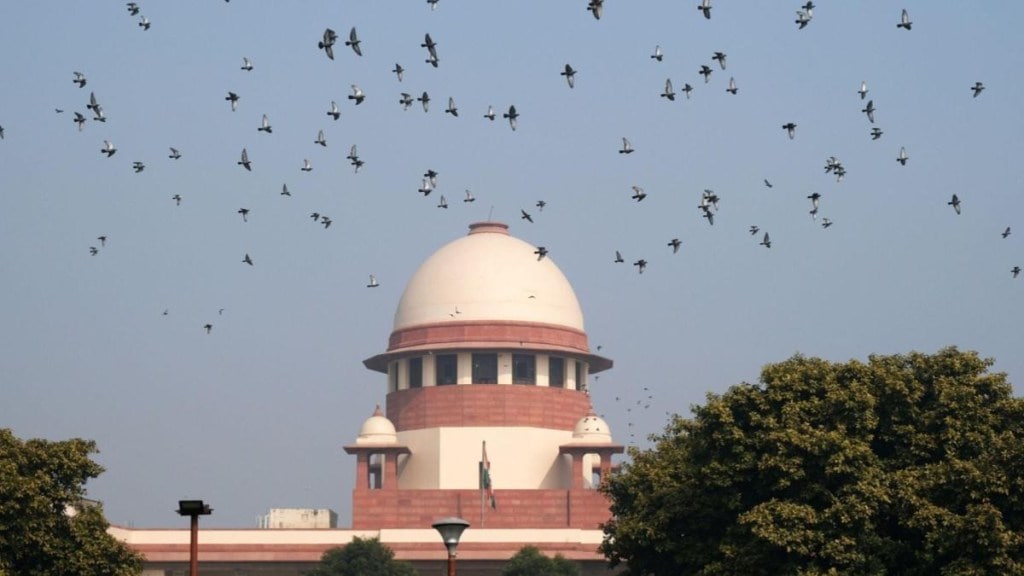The Supreme Court of India has rechristened its traditional summer vacations as “partial court working days,” a move aimed at addressing recent criticism over the length of its breaks.
This change is part of an amendment to the Supreme Court Rules, 2013, which has now been updated to the Supreme Court (Second Amendment) Rules, 2024. The amendment was notified on November 5.
According to the new rules, the “partial court working days” will be set by the Chief Justice and will not exceed 95 days, excluding Sundays. The notification specifies that the Chief Justice may appoint one or more judges to hear urgent matters, admissions, and other cases during these working days or holidays.
The Supreme Court previously observed both summer and winter breaks each year, though the court was not fully closed during these periods.
“Vacation benches” were set up by the Chief Justice to hear urgent cases during the summer break. However, under the new rules, the term “vacation judge” has been replaced with the more straightforward term “judge.”
For the upcoming year, the partial court working days are scheduled to begin on May 26, 2025, and end on July 14, 2025.
Chief Justice D.Y. Chandrachud defended the long breaks, asserting that judges remain committed to their work even during these periods. “Judges are not gallivanting or goofing off during vacations. They are deeply committed to their work, even on weekends, often attending functions, visiting high courts, or engaging in legal-aid work,” he remarked at an event.
In May, a bench of Justices B.R. Gavai and Sandeep Mehta responded to critics of the court’s long vacations, stating that those who criticise the judiciary’s breaks do not understand the extent of a judge’s workload, even on weekends.
“All those who criticise that Supreme Court and high courts are on long vacations, they don’t know how judges work,” said Solicitor General Tushar Mehta. Justice Gavai echoed that sentiment, saying, “People who criticise, don’t understand that we don’t have holidays on Saturdays and Sundays. There are other assignments, conferences.”
The Supreme Court’s long summer breaks trace their origins to the colonial era when judges, unable to withstand the summer heat, would retreat to England or hill stations, returning only during the monsoon.

